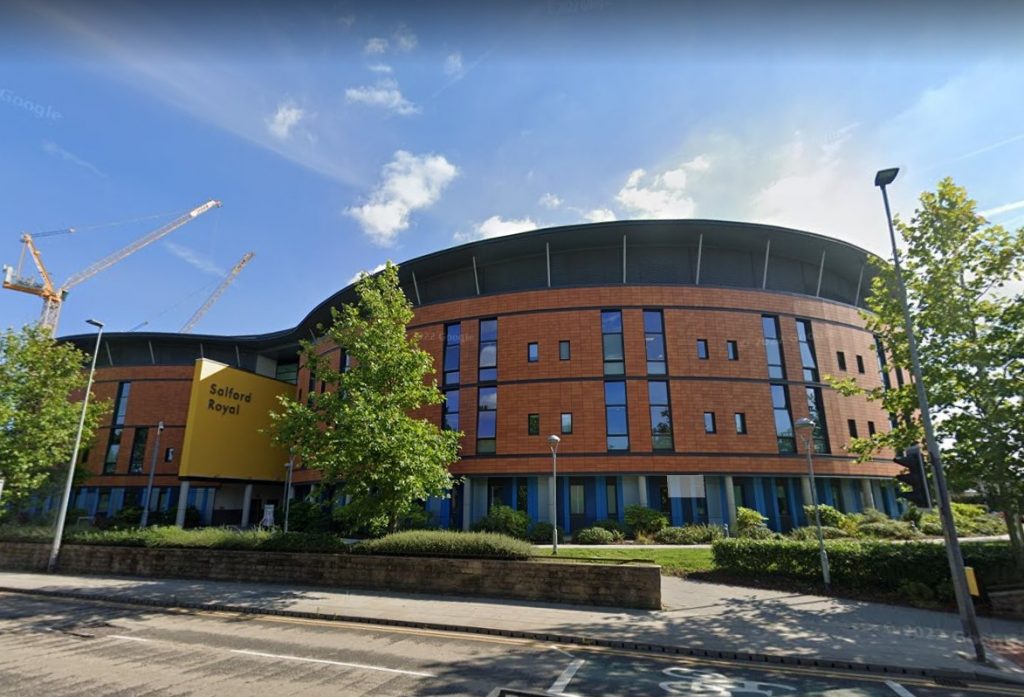
Even though health in Salford is improving and so is life expectancy year after year, the gaps between health in the best and worst areas continue to grow both nationally and regionally every year. I light of the rise in cases of Strep A, here is everything you need to know about Group Strep A and Scarlet fever.
Scarlet fever is caused by bacteria called Group A Streptococci.
It is a mild illness that can be treated with antibiotics but is highly contagious.
The bacteria can cause other skin and respiratory infections such as Strep throat and Impetigo.
However, on rare occasions if the illness goes untreated the bacteria can enter the bloodstream and cause a serious illness called invasive Group A Strep (iGAS).
The latest data from the UK Health Security Agency (UKHSA) shows that Group Strep A and Scarlet Fever cases remain higher than usual at this time of year.
There have been reports of 851 cases whereas in previous years the average number of cases was 186.
Symptoms include a sore throat, headache, fever and a fine red or pinkish body rash which has a sandpapery feel.
Dr Colin Brown, Deputy Director, UKHSA, said: “It is important that parents are on the lookout for symptoms and see a doctor as quickly as possible so that their child can be treated, and we can stop the infection becoming serious. Make sure you talk to a health professional if your child is showing signs of deteriorating after a bout of scarlet fever, a sore throat, or a respiratory infection.’’
Teaching children how to properly wash their hands for 20 seconds, catching coughs and sneezes into a tissue and having good respiratory hygiene is vital to stopping the spread.
If you suspect your child has scarlet fever, it is important to contact the NHS via 111 or speak to your GP.
https://youtube.com/shorts/3GVNScXyLTo?feature=share















Recent Comments